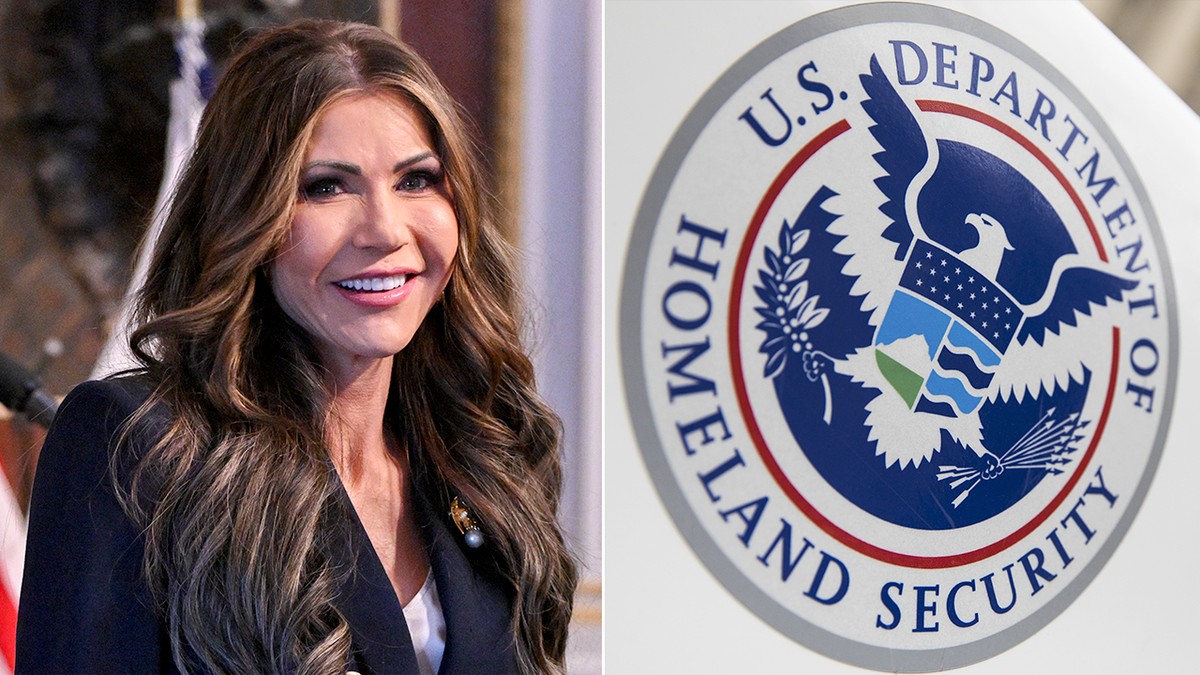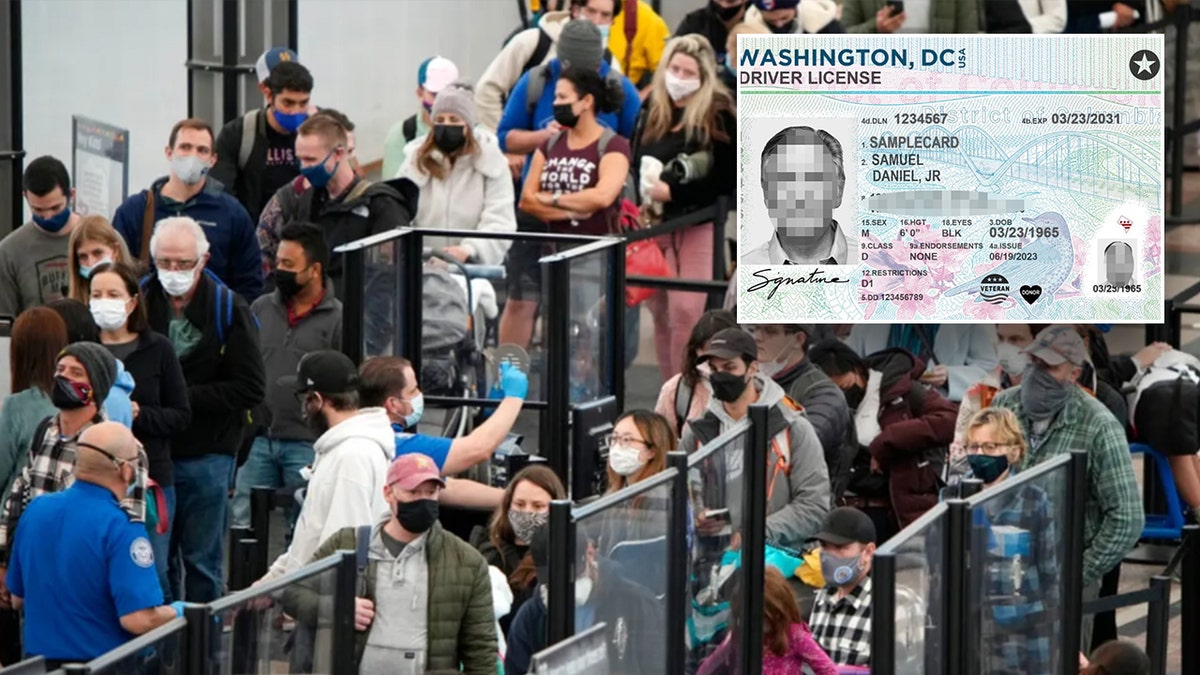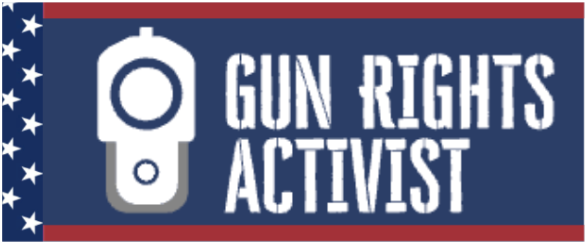The Department of Homeland Security in May will begin implementing REAL ID requirements for U.S. travelers for the first time, a move that comes as the administration looks to act on some of President Donald Trump’s top policy priorities, including its crackdown on illegal immigration and border security.
The enhanced ID requirements are slated to take effect May 7 and will apply to all U.S. travelers over the age of 18.
The law establishing REAL IDs isn’t new: Congress first passed the REAL ID Act in 2005 in an effort to crack down on identity verification in the wake of the 9/11 terrorist attacks and set “minimum security standards” for state-issued driver’s licenses and identification cards.
But after 20 years of slow-walking the law’s enforcement, the abrupt timing of the May 7 enforcement is likely to catch many Americans flat-footed.
Just how necessary is obtaining a “REAL ID”? We broke down the changes coming next month and what’s at stake for those who don’t comply. Here’s what you need to know in the final weeks before the new rules take force.
SUPREME COURT TO HEAR ORAL ARGUMENTS IN BIRTHRIGHT CITIZENSHIP CASE
What is a REAL ID and how can I get one?
Beginning May 7, all federal agencies, including DHS and TSA, are required to accept only state-issued driver’s licenses and state identification cards that comply with the updated identity verification standards.
The goal of the REAL ID Act is “to make state driver’s licenses and ID cards (which are identification cards that states issue to non-drivers) more secure, less susceptible to fraud, and more reliable as a form of identification,” Magdalena Krajewska, an associate political science professor, wrote in a 2020 article for the Oxford Academic. (The government has for years tried to stand up the REAL ID requirements, most recently in the months before the COVID-19 pandemic.)
The law seeks to add another layer of security to various forms of identification and to make it harder to counterfeit state IDs.
FEDERAL JUDGE ORDERS HALT TO TRUMP ADMIN’S CFPB TERMINATIONS

What do I bring to the DMV?
The short answer: It depends. In order to obtain this enhanced form of ID, individuals must present to their local DMV valid proof of identity; proof of their Social Security number and date of birth, and two additional documents that prove they live in the state. This varies from state to state, though updated guidance can be found here.
The good news is that individuals can obtain one of the enhanced IDs at any time. All 50 states, D.C., and five U.S. territories are now issuing REAL ID-compliant driver’s licenses and ID cards, according to the DHS.
The REAL ID requirements are a “coordinated effort by the federal government to improve the reliability and accuracy of driver’s licenses and identification cards for individuals across the federal government,” Bart Johnson, TSA’s federal security director for upstate New York, told reporters this month.

Who needs to have one?
Every adult in the U.S., if they want to travel by plane or enter government facilities.
“Every air traveler 18 years of age and older must have a REAL ID-compliant ID, which is a state-issued driver’s license, state-issued identification card, or another acceptable form of ID, such as a U.S. passport” before the May 7 deadline, the Transportation Security Administration said in a statement.
Though the other IDs are not rendered obsolete, the TSA said Americans will need to present these new IDs every time they board a commercial flight, even when traveling on a domestic trip. They will also need this updated ID to access federal facilities or be granted access to federal buildings.
Does everyone need to update their ID?
No, not everyone needs to get a new ID. In fact, certain states have required REAL ID verification from residents for years, meaning individuals living in those states and with active forms of identification need not hustle to the local DMV.
Enhanced and “REAL ID-compliant” identification cards are marked with a seal, often a star in the top right-hand corner, according to DHS.
What happens to individuals without a REAL ID?
The abrupt enforcement timeline could catch many Americans flat-footed, especially ahead of what is predicted to be a busy summer travel season.
While legacy IDs are still valid for travel, including driving, airline passengers who present noncompliant forms of ID before boarding, and without another acceptable alternative, such as a passport, “can expect to face delays, additional screening and the possibility of not being permitted into the security checkpoint,” DHS officials said.
Read the full article here







Leave a Reply